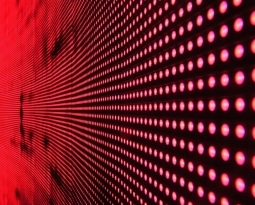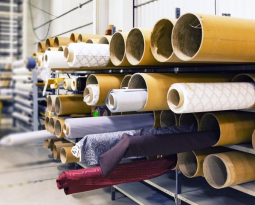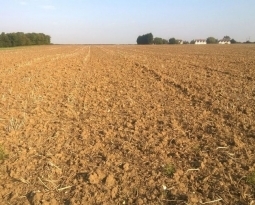New York Patent of the Month – February 2021
Computer simulations are being used to emulate real life. As technology advances, so do the capabilities of these 3D models which are used in a variety of fields from tactical experiments to urban planning. Present methods use aerial photographs to create close-to-accurate representations of e.g. buildings in a 3D model. Unfortunately images without obstructions (e.g. neighbouring buildings) are hard to come by. Current work arounds extrapolate from the rest of the picture in order to render an assumption of what is obstructed. This is not always accurate as doorways or balconies may go unreplicated. The alternative is to manually manipulate two images together, which is more tedious than it sounds and rarely worth the effort. Pictometry International Corp. has designed a system to automatically generate 3D models that are able to accurately depict what is blocked by the obstruction.
The system involves gathering geo-referenced images for a desired location. The program selects a base image which has optimal characteristics and clear imagery of the facade texture. Basic wireframe data is obtained from these images to begin structuring the 3D model. These images are applied to the 3D model, stretching or reshaping until the zoomrate matches the wireframe. If one image contains an obstruction, an alternate image can fill in the obstructed section, providing realistic modeling without assumptions. The images are stitched together and create a singular 3D model that is free of obstructions and contains appropriate facade texture for a realistic model.
About Pictometry International
Pictometry International has spent the last 20 years pushing the boundaries of image capture and analysis. By experimenting with different aircraft, camera systems and applying computer vision, they continue to produce the highest resolution imagery available in the market today.
Are you developing new technology? Did you know your development work could be eligible for the R&D Tax Credit and you can receive up to 14% back on your expenses? Even if your development isn’t successful your work may still qualify for R&D credits (i.e. you don’t need to have a patent to qualify). To find out more, please contact a Swanson Reed R&D Specialist today or check out our free online eligibility test.
Who We Are:
Swanson Reed is one of the U.S.’ largest Specialist R&D tax advisory firms. We manage all facets of the R&D tax credit program, from claim preparation and audit compliance to claim disputes.
Swanson Reed regularly hosts free webinars and provides free IRS CE and CPE credits for CPAs. For more information please visit us at www.swansonreed.com/webinars or contact your usual Swanson Reed representative.

















